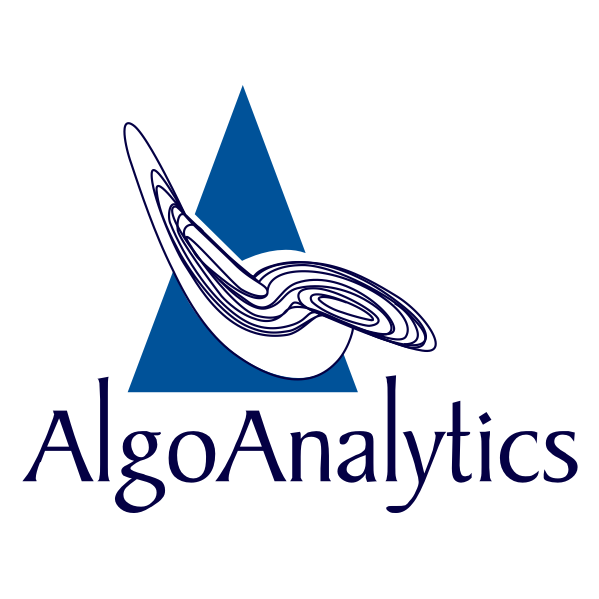Today nearly 415 million diabetic patients are at risk worldwide. One of the risks is the high prevalence of Diabetic Retinopathy (DR). DR is becoming the main cause of blindness among working-age population. The risk of severe vision loss can be significantly reduced by timely diagnosis and treatment. Currently, only about 60 percent of people with diabetes are stated to have yearly screenings for Diabetic Retinopathy. Between 90 percent and 95 percent of all patients with diabetes have Type 2 diabetes. Given such a disproportionately large number, this group consequently comprises a large proportion of patients with visual impairment who suffer from Diabetic Retinopathy, even though Type 1 diabetes is associated with more frequent and more severe ocular complications. With increasing industrialization and globalization, there is a concomitant increasing prevalence of diabetes that is leading to a worldwide epidemic.
The prevalence rate for retinopathy for all adults with diabetes aged 40 and older in the United States is 28.5% (4.2 million people); worldwide, the prevalence rate has been estimated at 34.6% (93 million people). An estimate of the prevalence rate for vision-threatening diabetic retinopathy (VTDR) in the United States is 4.4% (0.7 million people). Worldwide, this prevalence rate has been estimated at 10.2% (28 million people). Assuming a similar prevalence of diabetes mellitus, the projected prevalence of individuals with any diabetic retinopathy in the United States by the year 2020 is 6 million persons, and 1.34 million persons will have VTDR (Ref)
Why Machine Learning for DR?
The statistics speak a lot for the epidemic like proportion of DR that can affect the working population. This could lead to a burden on the healthcare services worldwide, if not treated in time and on the economy of the country, if more than half the working force is affected.
As a cost-effective way to handle the healthcare resources, systematic screening for DR has been identified. An important screening tool for early DR detection is the emergence of Automatic retinal image analysis. This can save both cost and time, as it reduces the manual workload of grading as well as diagnostic costs and time. Take for example, Netherlands is stated to have approximately 500,000 persons affected with diabetes, and this number is expected to increase to over 700,000 by 2030. The patients will need to undergo retinal examinations. This will consequently result in a huge amount of images that would need to be reviewed. As a result ophthalmologists will have an enormous burden and also lead to an increase in the waiting lists compromising quality of health care. Moreover, interpretation of photographs requires specialized training. In many regions of the world there are not enough qualified “graders” who can screen everyone who is at risk – keep in mind the statistics projected for patients who could suffer from DR in US alone by 2020- 6 million and 1.34 for VTDR!
Automated, highly accurate screening methods have the potential to assist doctors in evaluating more patients and quickly routing those who need help to a specialist.
Machine learning is a family of computational methods that allows an algorithm to program itself by learning from a large set of examples that demonstrate the desired behavior, removing the need to specify rules explicitly. Using established datasets and using multiple classifying algorithms as part of the Ensemble Learning technique to detect whether diabetic retinopathy is present or not, would bring relief to both patients as well as the resources of the healthcare system.

The accuracy, sensitivity and specificity of the algorithm for detecting diabetic retinopathy (DR) can help ophthalmologists and physicians raise the red flag and thus provide early treatment to patients and bring in a more “preventive care” which can bring down the burden on healthcare resources.

Machine learning can thus help the old adage- prevention better than cure, by predicting who is more liable to be at risk of DR or not. Of course, in highly advanced areas of the world, Deep Learning employing Neural Networks learning can take this a notch higher and provide a more finer grading of the disease. Having the stage at which DR has affected the patient, is also a welcome addition to the field of medical imaging.
Google has recently published results of, “..a deep learning algorithm capable of interpreting signs of DR in retinal photographs, potentially helping doctors screen more patients, especially in underserved communities with limited resources.”
For demo visit our link https://algoanalytics.com/demoapp

